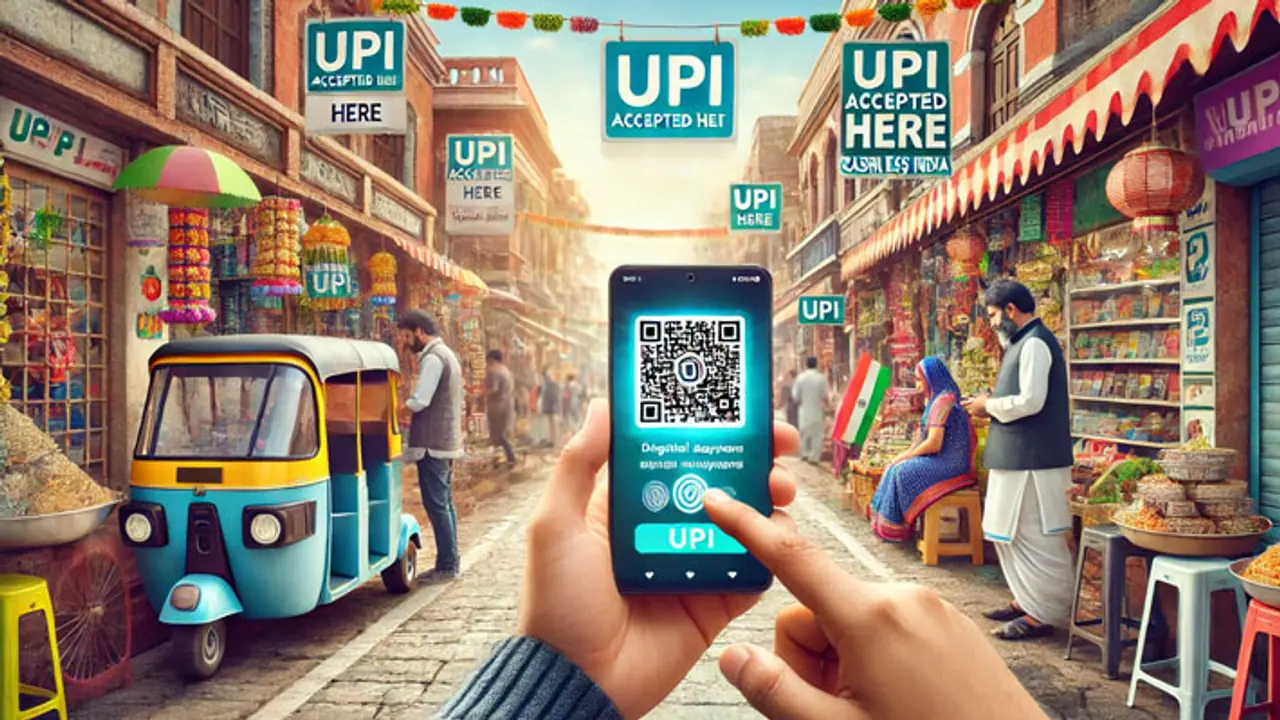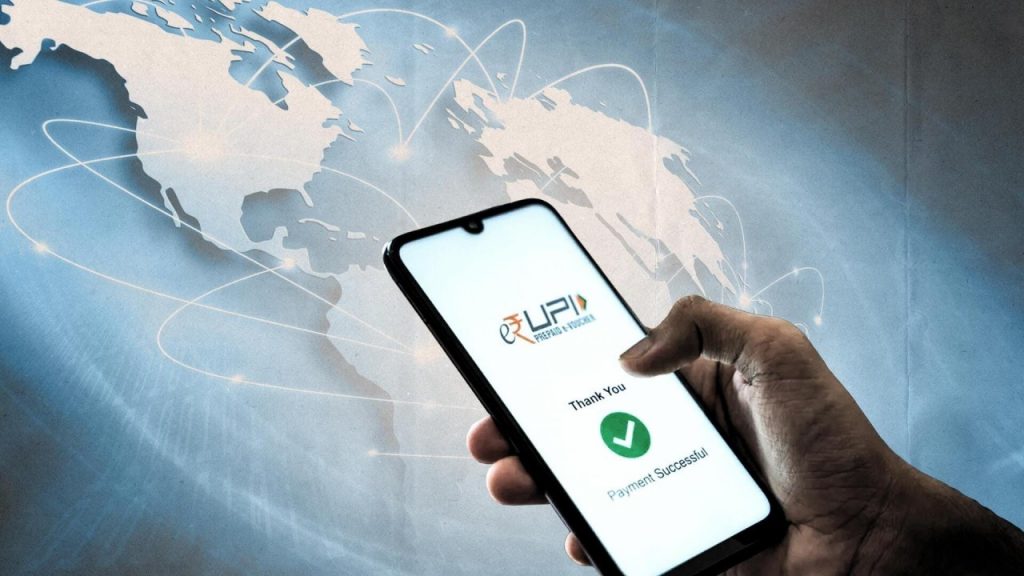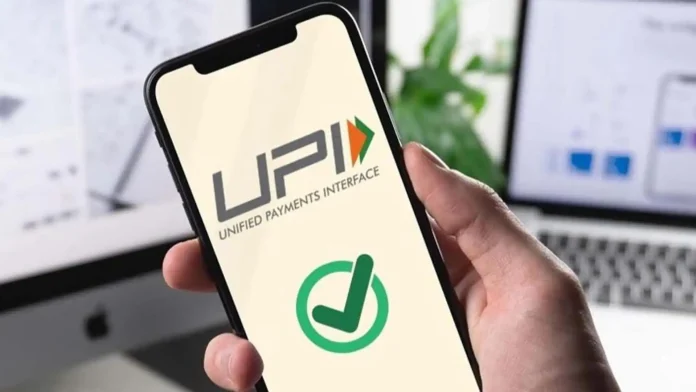- One of the most accepted, accessible, appreciated, and admired initiatives on the back of the digital revolution witnessed around the globe is the online transactions of payments. Moreover, the Indian government’s thrust to introduce digital measures for various business transactions has not only yielded a tremendous response from the general public but also helped businesses thrive on this medium. Remember, soon after the demonetization move by Prime Minister Narendra Modi, the Union Government doubled down by introducing the Unified Payments Interface (UPI) as the go-to medium, with well-thought-out checks and balances in place. Mind you, the penetration of mobile connectivity in India is nearly complete, with people embracing it willfully.

PC: Asianet Newsable
- So much so that the UPI’s reach and effectiveness were duly acknowledged and appreciated around the globe as well. In other words, the UPI has contributed immensely to making India a digital economy. As such, even thinking about charging a fee on transactions might scupper the UPI. Note that thanks to UPI, India leads the world in instant digital payments. As reported, last month, there were 1,840cr UPI transactions worth Rs. 24L cr. Behind this success lies a tweak the GOI made in December 2019. It removed all transaction fees – what banks call the merchant discount rate or MDR – on UPI. Until then, banks charged 0.25% for transactions up to Rs. 2,000, and 0.65% above. So, when we bought milk worth Rs. 100 via UPI, our grocer lost Rs. 0.25.

PC: Sify
- Of course, it doesn’t seem like much, but on a low-margin product like milk – 2.5% dealer margin – it’s a 10% hit to earnings. That’s why UPI wasn’t popular for daily needs back then. But with MDR gone, everyone loves UPI. Transaction volumes have jumped 14-fold in five years. So, the RBI governor’s recent remark regarding UPI: ‘Some costs have to be paid whether collectively or by the user’, needs careful analysis. This isn’t the first time the idea of reinstating UPI fees has been floated, but coming from the governor, it merits discussion, even though the finance ministry last month ruled out restoring MDR. It was responding to media reports on the restoration of MDR. North Block termed them baseless and sensation-creating speculations.

PC: Mint
- Yes, these will only lead to needless uncertainty, fear, and suspicion among citizens. Banks say they lose money on every UPI transaction because they get no return on the IT infrastructure they maintain to process hundreds of millions of real-time payments every day. But the fact is, the government has been compensating banks for running UPI as a public good these past five years. It paid a subsidy of 0.15% – 15 paise on Rs. 100 – on UPI transactions worth Rs. 2,000 or less last fiscal. Besides, if UPI is such a losing proposition, why has the number of participating banks jumped from 143 at the time of MDR’s removal to 675 now? It’s because banks use UPI to acquire customers for other lucrative products like loans and insurance. Simple. No UPI fees, please!






